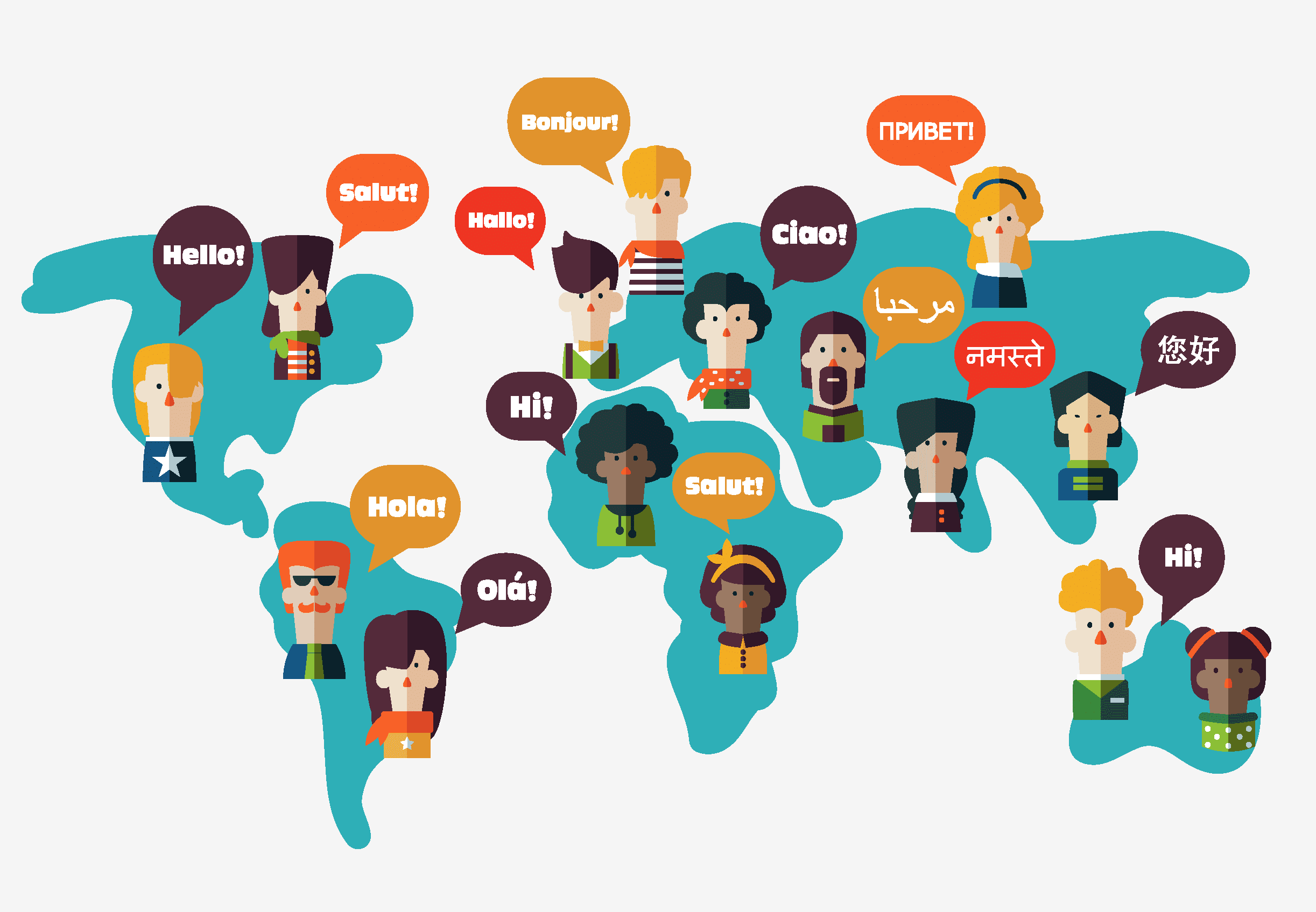Because it drifts away from the foundations, high school science may become hard for kids. Before high school, basic science principles would not include many specifics, and conceptions would be quite general. Everything may appear abstract and difficult as pupils progress through high school. This is the main reason why scientific tuition has grown popular, and students seek the assistance of qualified instructors.
Because there is a great demand for scientific tutoring, many undergraduates are signing up to work part-time as tutors. Science tutoring programmes are incredibly beneficial in helping students through the process of learning ideas in an entertaining manner. They allow pupils to have a practical understanding of things rather of simply memorising the academic component of it all.
Here are a few scientific tutoring services that help kids learn science in a fun and interactive way…
To begin, tutors can organise field trips and class activities to make learning more hands-on and enjoyable. Students can identify different plant species and their bio density on a certain piece of land, for example, and try to come up with explanations for any discoveries. This helps students to apply what they’ve learned in Biology to real-life situations rather than just theoretical circumstances.
Personally, I believe that gathering data and analysing it will create a more gratifying and novel experience. This is also true in other sciences. Tutors can, for example, take their Physics students on a hike up a hill and use it as an experiment to calculate the earth’s gravitational strength using whatever technique they can think of.
Due to restrictions such as a wide field for the Biology experiment and a tall structure for the Physics experiment, these experiments can’t usually be done in a classroom setting. These trips can also serve as a way for tutors and their pupils to bond.
Second, teachers may make their courses more entertaining, fascinating, and competitive by using online tools and games. Kahoot is a well-known and often used example. Any kid who hears the Kahoot soundtrack will be thrilled for the forthcoming exercise. Humans are naturally competitive, and everyone craves the sensation of winning.
Despite the fact that Kahoot and surprise quizzes are nearly identical, students will choose one over the other owing to the setting it generates. Furthermore, kids enjoy activities and classes more when they may utilise their personal devices. Tutors can utilise online resources like tracker, virtual chemical laboratories, and virtual circuits, for example.
These technologies make data collection considerably easier and provide students with more opportunities to practise data analysis. As a result, a lot more time is spent on analysis rather than collecting, which is crucial for students to learn how to do well on exams.
Finally, inside the classroom, tutors might do tiny amusing experiments. Experiments are a fun and hands-on approach for pupils to understand topics, but a laboratory atmosphere may be too stiff and severe for them. Instead, a basic experiment conducted in a classroom will appeal to a larger audience. The elephant toothpaste experiment is one such example.
Strings of foam will emerge from the quick breakdown of hydrogen peroxide in the presence of a catalyst and dish soap. Any pupil who has never seen this experiment before will be astounded. Experiments with unexpected outcomes, such as the elephant toothpaste experiment, will make learning much more interesting.
KATA FINAL
It is critical for children to learn in a pleasant and engaging method in order to retain information. This is why scientific tutoring is a fantastic way for students to better grasp and internalise subjects in order to score well in exams!








